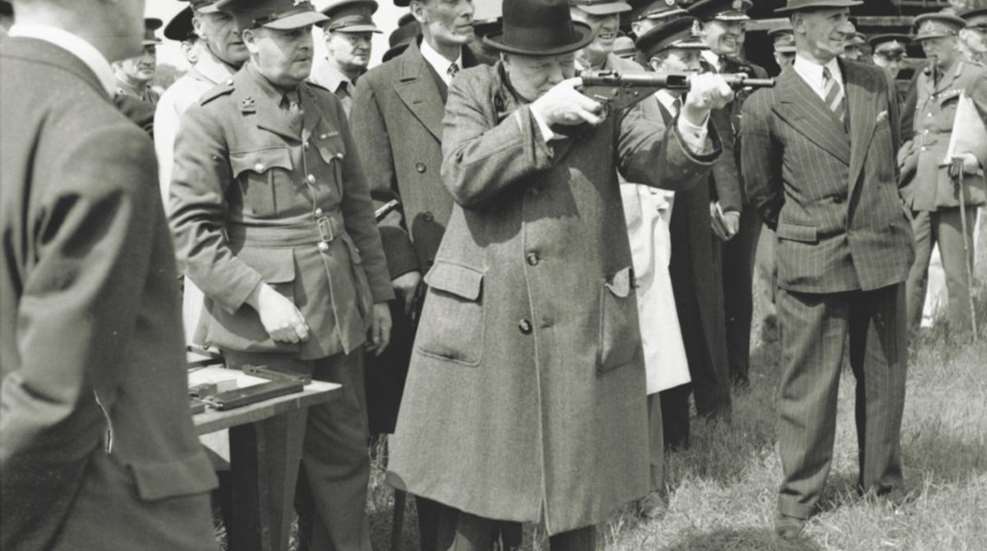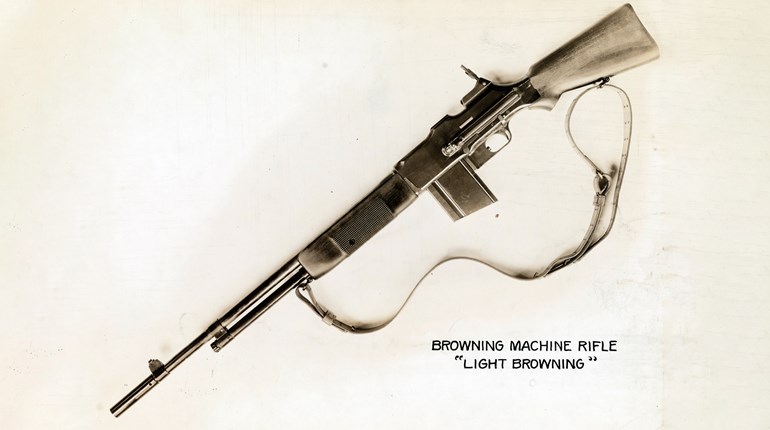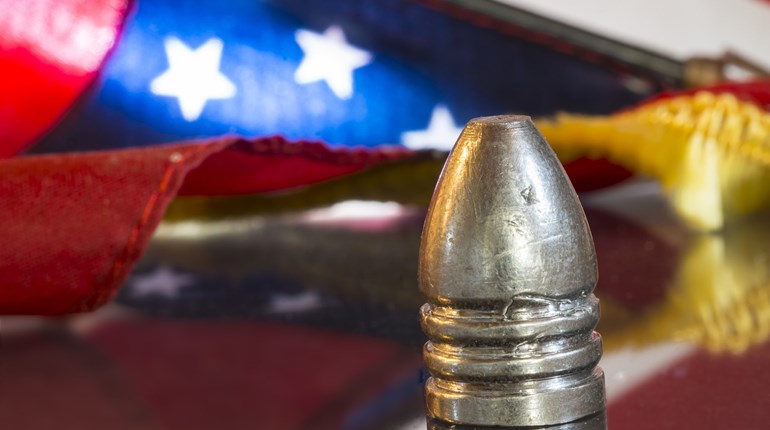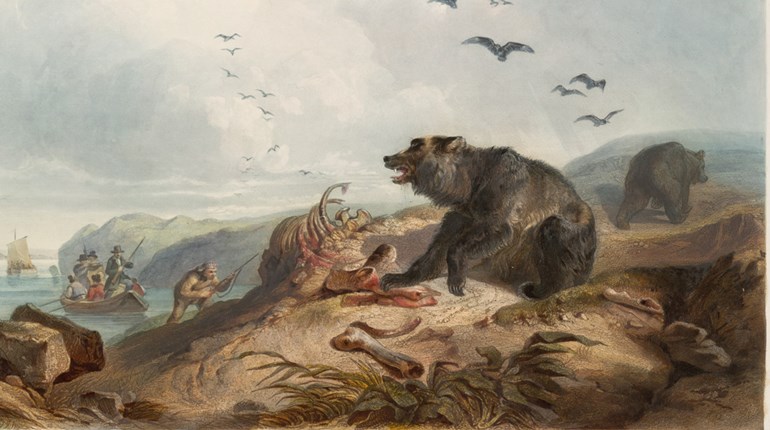
It was the largest armada the world has ever witnessed, some 5,000 ships containing nearly 200,000 soldiers, sailors and coast guardsmen. The date was June 6, 1944. The long-awaited World War II Allied invasion of Europe, better known as Operation Overlord, had finally begun after two years of planning.
The D-Day invasion started at precisely 15 minutes past midnight with a massive naval and air bombardment aimed at France’s Normandy coast, where Hitler and his German Army had constructed their defensive Atlantic Wall. The ships steamed east across the English Channel toward five beaches, code named Utah, Omaha, Gold, Juno and Sword.
At exactly 6:30 a.m., U.S. forces began landing on Utah and Omaha, taking heavy casualties. Simultaneously, the British and Canadians stormed Gold, Juno and Sword beaches. And with a bit of bravado and tradition only the Brits could pull off, as Lord Lovat’s 1st Special Service Brigade commandos waded ashore onto Sword they were encouraged by, of all things, a bagpiper.
His name was William Millin, and he led the way with his pipes loudly droning Highland Laddie. Once he reached the shore, Millin paraded up and down the beach at the edge of the water, his tune now changing to The Road to the Isles. As the British commandos streamed past him headed inland, enemy bullets and shells whizzed by in the opposite direction. One commando yelled to Millen, “That’s the stuff, Jock.” A second cautioned, “Get down, you mad bugger!”
Besides the bagpipes, there was another difference between the American D-Day beach assaults and that of the British—many of the Limeys were armed with Sten guns.
A Sten gun was a submachine gun small enough for an individual soldier to carry. Of British make and design, it weighed just 7 pounds and was chambered for 9mm ammunition, the caliber of many concealed-carry handguns today. Sten guns were used by the British during both World War II and the following Korean conflict, eventually being replaced by the Sterling submachine gun in the 1980s, which was in turn replaced by the SA80.
The Sten took its name from its designers, Major Reginald V. Shepherd and Harold Turpin, and EN for the Enfield firearms factory in London where the gun was first manufactured. More than four million Stens in various versions were made in the 1940s, making it the second-most-produced submachine gun of WWII, after the Soviet PPSh-41.
The gun looks odd because its detachable box magazine (holding 32 rounds) attaches to the left side of the receiver, not the bottom. As a result, if you’re unfamiliar with a Sten, it appears as though the shooter has the gun turned 90 degrees onto its right side when firing, which is not the case.
By the way, what’s the difference between a machine gun and a submachine gun? Machine guns fire rifle cartridges, whereas submachine guns fire handgun cartridges. The term submachine gun was first coined in the early 20th Century by General John T. Thompson while developing his “Tommy Gun,” which fired .45-caliber handgun ammunition.
In addition to its small size and light weight, another advantage of the Sten gun was that it was inexpensive to manufacture. During the war years, at a time when the British were purchasing Thompson submachine guns from the U.S. at anywhere from $70 to $200 each, a Sten could be produced for just $11.
Although inexpensive—and possibly because it was inexpensive—the Sten had its issues. Sir Max Hastings, a British journalist and military historian, described it as “highly unreliable, prone to jamming, and inaccurate beyond 30 metres; it was unsuitable for…operations in open country because it encouraged waste of ammunition. But it was easy and cheap to produce…and was supplied to the (French) Resistance in huge quantities.”
Back at Sword Beach, the British commandos were able to move inland fairly quickly during D-Day, and with (relatively speaking, anyway) few casualties. They rendezvoused later that same afternoon 4 miles away with paratroopers who were holding off German soldiers who were trying to retake two bridges the glider-borne troops had liberated. And, of course, the Brits arrived at the bridges with bagpipes blaring, this time Bill Millen playing Blue Bonnets Over the Border.
Germany would not surrender for nearly another year, with V-E Day (Victory in Europe) occurring on May 8, 1945. But the victory had begun on D-Day, and several prominent German officers had reluctantly predicted it.
Major Werner Pluskat, an Omaha beach battery commander, was one of the first to spot the massive Allied invasion fleet approaching Normandy at dawn on June 6. Viewing innumerable mine sweepers, destroyers, battleships, cruisers, PT boats, troop transports, landing craft and many other ships of various types and sizes emerging from the early-morning mist, he said, “…I knew it was the end for Germany.”
Likewise, the always-perceptive Field Marshal Erwin Rommel, who had won so many battles in North Africa that he had become known as “The Desert Fox,” offered the following insight prior to D-Day:
“Believe me…the first twenty-four hours of the invasion will be decisive…the fate of Germany depends on the outcome…for the Allies, as well as Germany, it will be the longest day.”
If you’d like to read more firsthand accounts of D-Day, from both sides of the battle, author Cornelius Ryan’s classic, The Longest Day, is highly recommended. Published in 1959, just 14 years after the end of WWII, Ryan states, “The principal sources of information for this book came from Allied and German D-Day survivors, French underground workers, and civilians—more than 1,000 in all.”






































